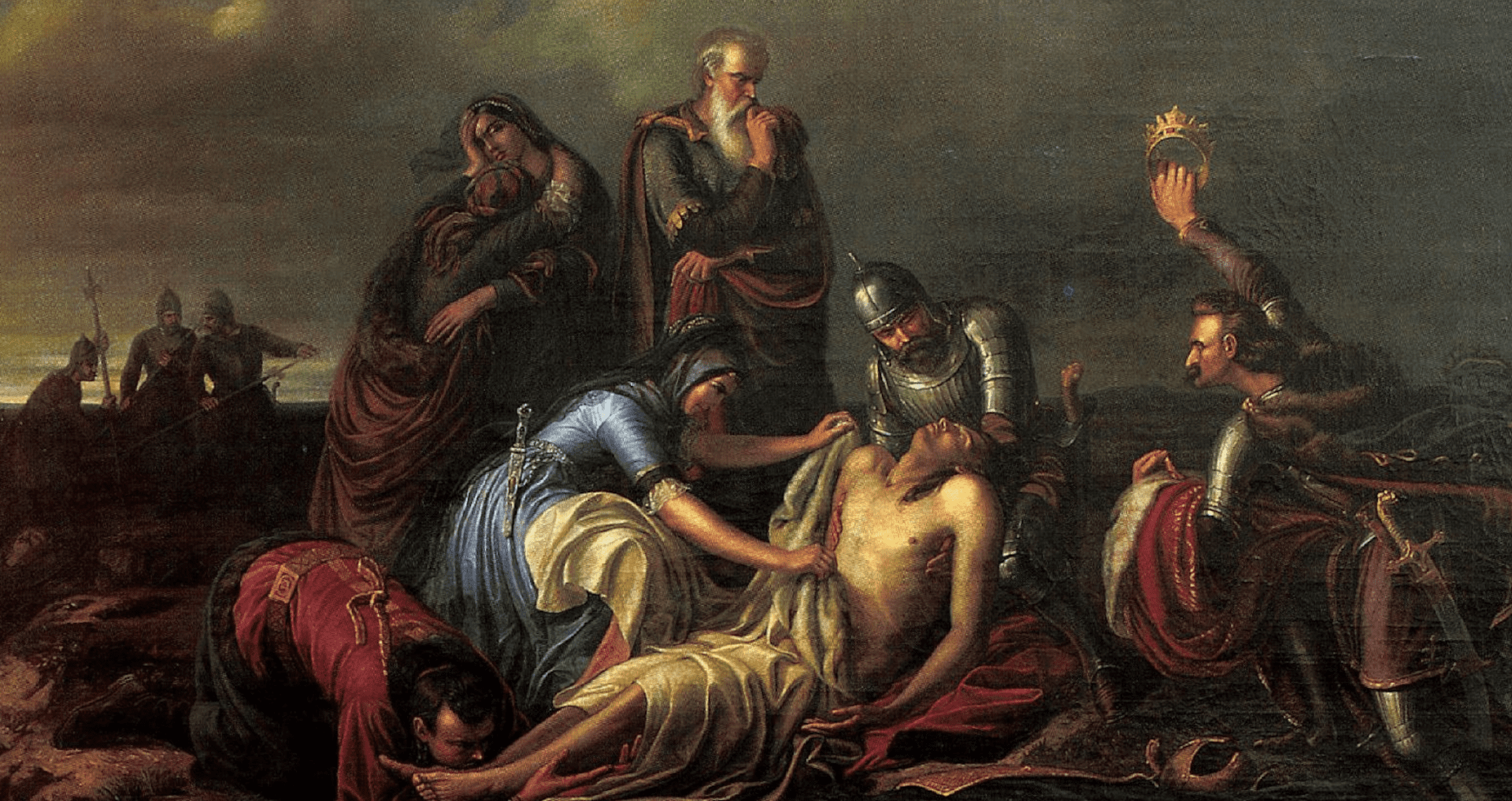Some believe that the reason behind the Mohács defeat is the Hungarian nobility not being united at the time of the battle, while others suggest that János Szapolyai, later King John I, arrived at the scene deliberately late with his troops. But many historians are of the opinion that none of these factors would have mattered anyway, since at the time the Ottoman army was one of the largest, most advanced and most powerful in the world, practically impossible to defeat with the Hungarian forces that were inferior both in numbers and military technology.
Causes
The events leading up to the battle are multiple and complex. The political and economic climate in Europe took a turn after the discovery of America, since it shifted the most important trade routes from the Mediterranean to the Atlantic Ocean. This development and the large amount of precious metals coming from the New World resulted in Hungarian gold and silver mines losing importance in European trade. In addition, after the death of King Matthias I, Vladislas II of Bohemia ascended the throne, whose nickname Vladislas Dobrze (meaning all right in Czech) encapsulated his compliant and vacillating reign, under which the Hungarian kingdom fell in disarray. After his death, his young son, Louis II took over, just two years after a major peasant revolt in 1514, known as the Dózsa Rebellion. The ruthless suppression of the revolt led to the further deterioration of the peasants’ social and economic position and to the further strengthening of the magnates who defied the king. But even so, Hungary still remained one of the leading powers in Central Europe, along with Austria and Poland.
However, at the start of 1525, the regent of France, Louis of Savoy, sent a delegation to Istanbul in order to create an alliance with the Ottoman forces, asking their support against the Habsburg empire. Sultan Suleiman accepted the offer and joined forces with the French, forming an alliance that lasted for more than 300 years. With the support of the French, the Turkish armies started to march against Vienna in the summer of 1526. This means that while the Ottomans had been involved in an active war against Hungary for decades, their main target at the time was not Hungary. The Hungarian forces could have avoided the battle if they had allowed the Turks to march through the country, however, as an ally of the Habsburgs, King Louis refused to comply with the Ottoman demand.
Inner Conflicts in Hungary
Following the death of Matthias Corvinus in 1490, Vladislas II of Bohemia and Hungary sat on the Hungarian throne. The new king had to face tough circumstances while trying to establish his rule, since the nobles of Hungary were attempting to weaken – and partly overtake – the central authority. The income of the state started to plummet and the barons and bishops started to regain the powers lost under the rule of Matthias. While all this was happening, the southern regions of Hungary were subject to continuous attacks from the Turkish forces.
While fighting also in the Middle East, the Ottoman Empire had sufficient resources to continue pressuring and attacking Hungarian territories. As an answer to the Turkish aggression in 1512, János Szapolyai attacked territories in Wallachia and Serbia. He returned with a large amount of loot and hostages. In addition, Pope Leo X announced a crusade in the July of 1513 against the Turks. A forces conscription of the already discontented peasants started, who, after the crusade was suspended in May, refused to disband and turned on their landlords. This developed into the so-called Dózsa Rebellion, led by petty noblement György Dózsa. Shortly after the battle of Temesvár in 1516, where the peasant army was defeated, Vladislas passed away.
Following his death, his ten-year-old son, Louis sat on the Hungarian throne. That year, a ceasefire was negotiated with the Turks, but it only lasted for a year. In 1517, the Turks occupied Jajca (today, Jajce in Bosnia.) In 1520, Suleiman the Magnificent became Sultan, and a year later he captured Nándorfehérvár (Belgrade). At that point, Hungary’s fate was sealed.
The Forces and the Battle
The Hungarian army had 24,800 soldiers and 85 cannons at the time of the Battle of Mohács. Parts of the army were made up of mercenaries from Germany and Czechia. Historical records said the Turkish forces consisted of about 60,000 units, however, researchers believe that figure is an exaggeration, with new data suggesting that the entirety of the Turkish army was about 70,000 troops. Even so, the Turks outnumbered the Hungarians by at least threefold.
On 29 August 1526, the two armies faced each other at some seven kilometres from the town of Mohács on a clearing. The battleground was chosen by the Hungarian forces, since some of the troops had been assembling and waiting for Suleiman’s army at the spot for weeks. Many of the Hungarian military leaders advised that the battle should be avoided, or they should wait for the army of Szapolyai, who at the time boasted some 25,000 troops and was on his way to the scene. However, it was decided that the battle should be fought right then and there, as with so many soldiers assembled, retreat was practically not an option any more. Another consideration may have been that the Turkish forces should be taken on as far from Buda, the royal seat, as possible.
Hungarian forces began their offensive by launching a charge led by their cavalry. However, the charge soon ran out of power, possibly due to the wrong placement of the cannons, which as a result could not provide supporting artillery. As soon as the cavalry charge failed, the outcome of the battle was basically already decided. Many attempted to flee at this point, unsuccessfully. The Hungarian army lost 4000 cavalry, 10,000 infantry, and almost all of its nobility and high clergy. As the young king, Louis attempted to flee, he fell into the river Csele and tragically drowned (although some have suggested he may habe been murderd on orders of Szapolyai.)
The Aftermath
The battle of Mohács and its consequences are one of the darkest chapters of Hungarian history. As a result of the defeat, Hungary faced 150 years of Turkish occupation and lost its sovereignty for centuries. In 1976, a memorial park and museum was created around the the battlefield, where every year a commemoration is held to remember the battle’s anniversary. Many will agree that one of the most important lessons to be learned from the Mohács tragedy is that Hungary must be always prepared to rely on itself, not on others – especially in times of wars, pandemics and economic crises.








